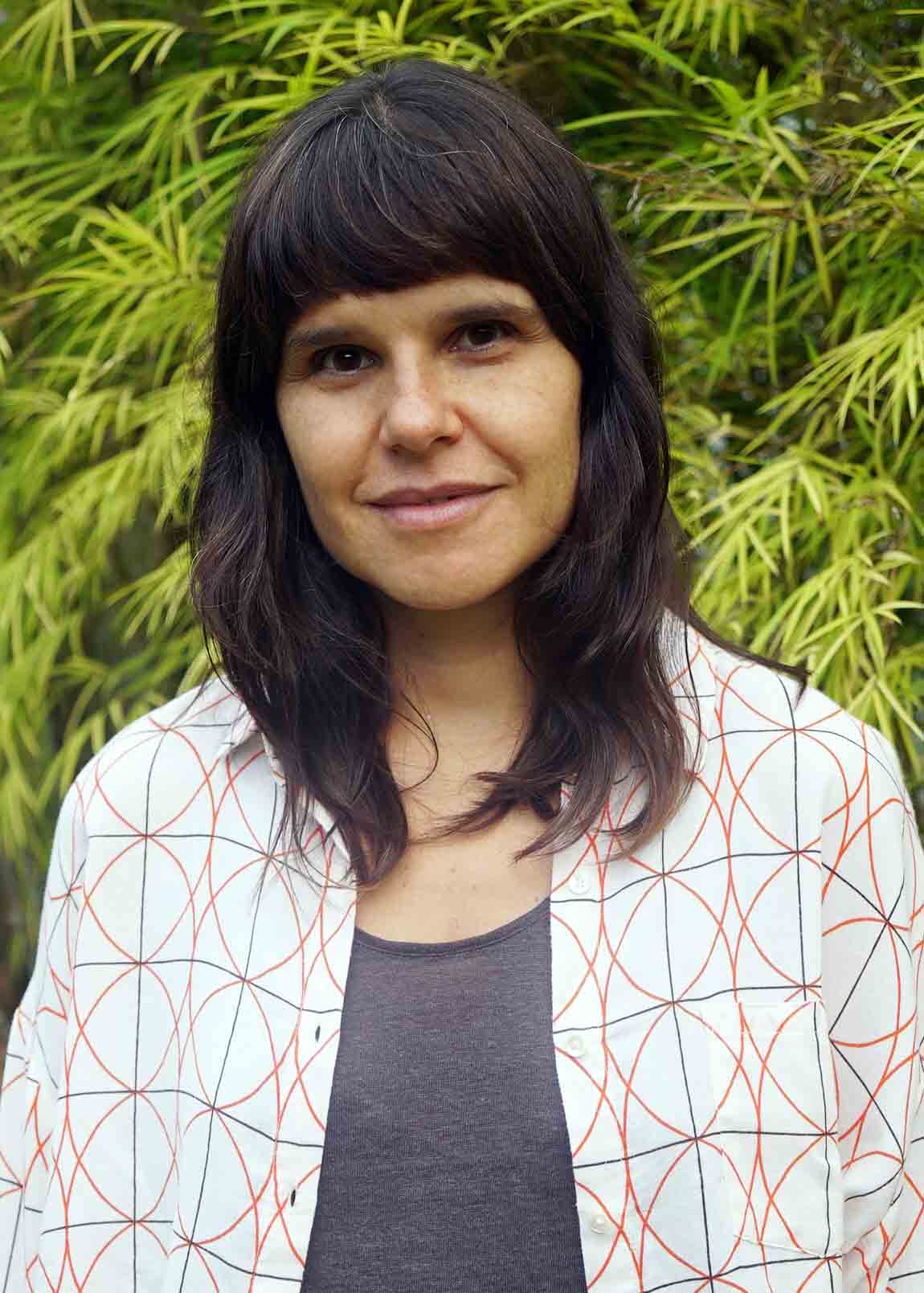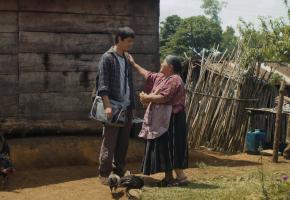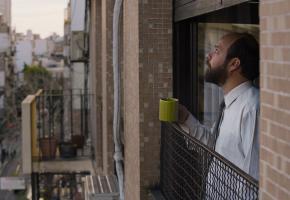Maya Da-Rin
Despite starting out studying 'Industrial Design' at the Pontifical Catholic University of Rio de Janeiro, Maya Da-Rin went on to attend the International Film & TV School of San Antonio de los Baños, in Cuba. She then spent six years in France, graduating with honours from the Le Fresnoy Studio, at the Studio National des Arts Contemporains. A polymath, she finished this off with a Master’s in Cinema & Art History at the Sorbonne Nouvelle.
On returning to Brazil in 2015, she became a founding partner of Tamanduá Vermelho, a production company based in Rio de Janeiro. But talent does not come out of nowhere. Da-Rin is the daughter of Carioca director Sandra Werneck, known for Little Book of Love (1997) and Cazuza: Time Doesn’t Stop (2004).
 Sandra Werneck
Sandra Werneck
True to the family tradition in film, Da-Rin has now broken the family record by accumulating a clutch of no fewer than 30 awards at international film festivals, plus numerous nominations for her documentaries, Short Films and now, her well-received debut fiction feature, A FEBRE (2019) (The Fever), that premiered at the Locarno Film Festival.
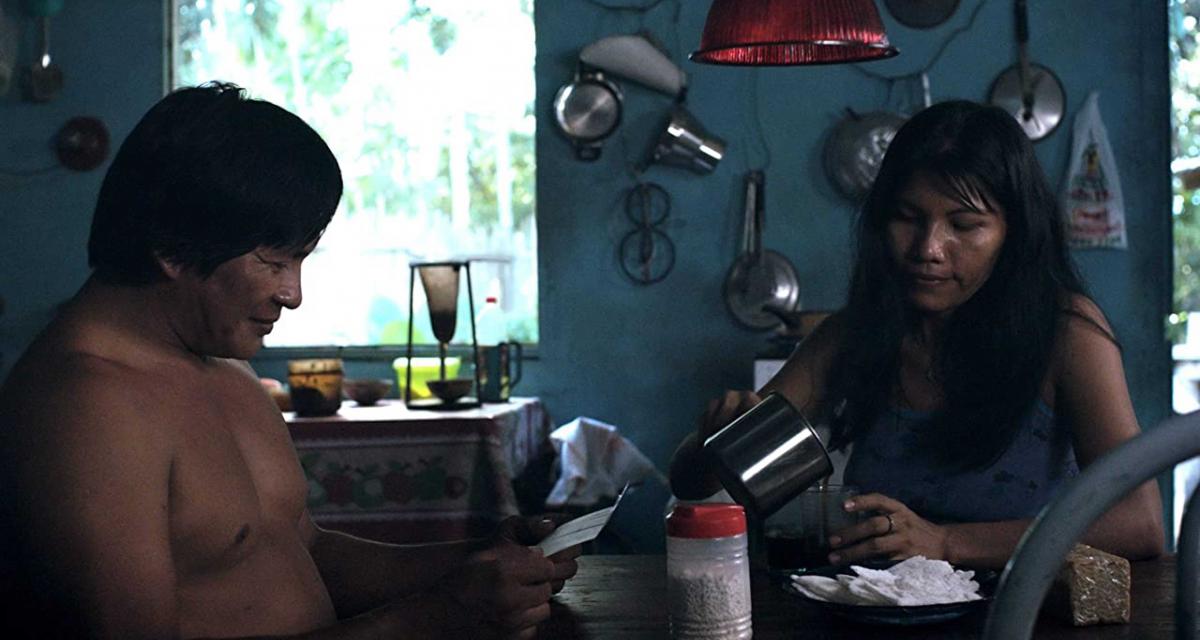
Régis Myrupu as Justino and Rosa Peixoto as Vanessa
Maya Da-Rin’s first film was a short documentary ‘The Word Tilts to Here’ (2002) (E Agora José) about oral traditions in the rural communities in the interior of Minas Gerais in Brazil. What led to her feature debut, were the moving experiences of meeting families and people from the Indigenous communities in the area of the Upper Rio Negro, in the Amazon, where she shot two documentaries: Margem (2007) that follows a passenger boat travelling up the Amazon, crossing the Brazilian Border to Iquitos in Peru, and Lands (2009) (available on MUBI) which, being more lyrical, is more of an essay on the interesting triple borderlands of Brazil, Colombia and Perú.
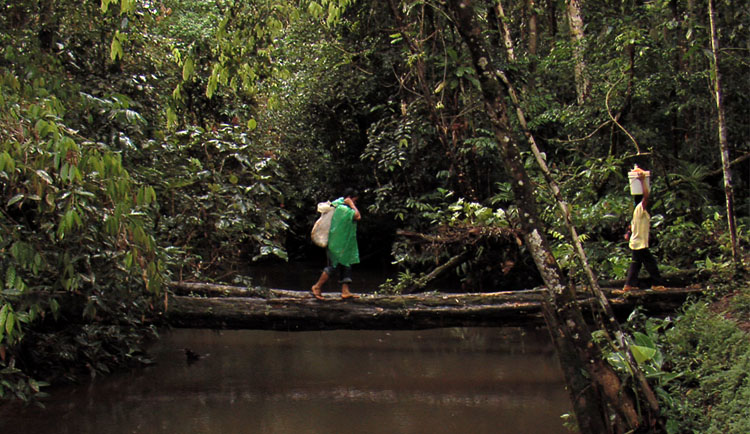
Lands ( Terra) 2010.
Oral traditions are still alive in these areas, and are ever present as Da- Rin describes: -
“…there are indigenous characters that form a part of these [early] films and this was when the need and desire to make the fiction film, The Fever, arose. I met some indigenous families who had left their territories in the forest and come to live in the city and I ended up getting very close to one of these families. The conversations and the relationships that we established gave me the basis for my film. It’s really a film of fiction. The characters are not based on any one person in particular. [The story grew] out of these conversations…conversations that I had with many different people. First of all, with the family that I met while I was shooting Lands (2009) which was back in 2006. I then went on to do other things, some videos installations and [I spent] a period in France doing my Masters."
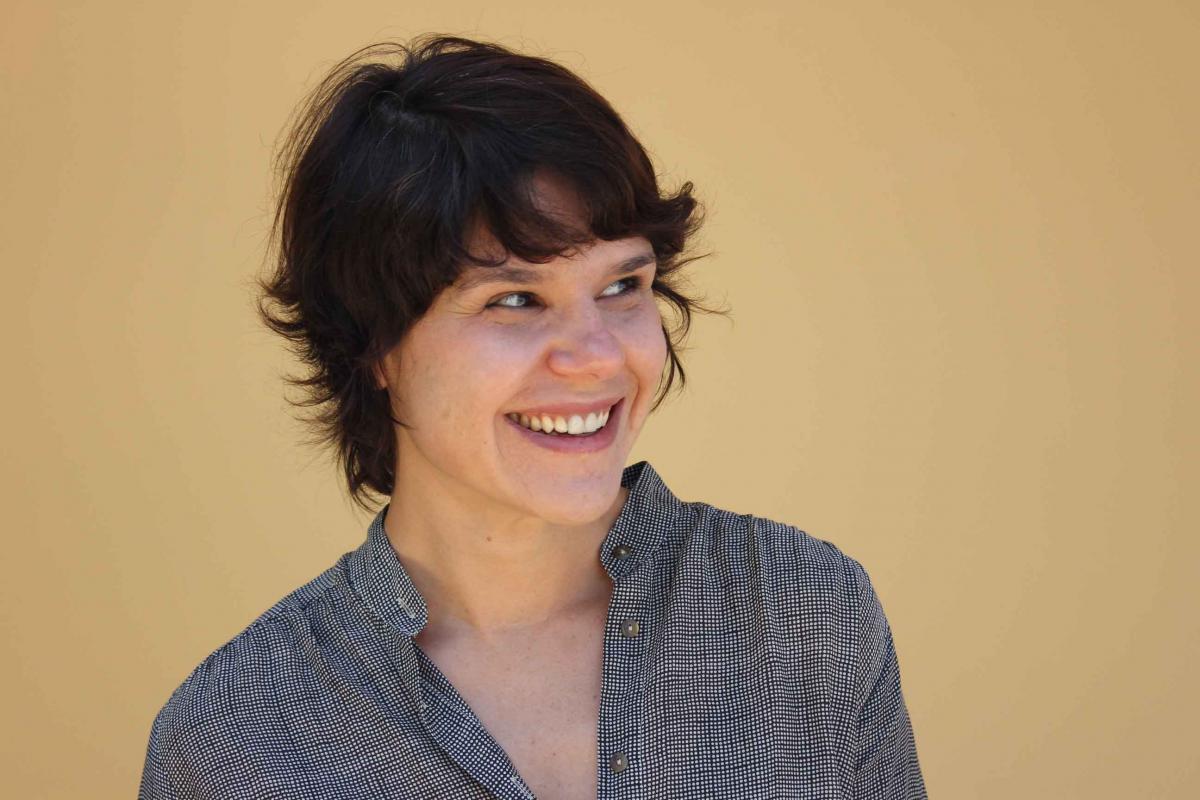
Maya Da- Rin
After that I started to write the film, The Fever. While I was writing it, I spent really long periods in Manaus, where I also started to choose locations and spend time in these places. In the port of Manaus, I spent weeks following the daily routine of the workers, later, at a health centre in the outskirts of the city, I followed the daily lives of the nurses. The casting process for The Fever was very long. It took a year, visiting different localities, in Manaus and the outskirts… I met around 500 people before I met Justino and Vanessa. All these conversations we had were really, vitally important for the development of the script and what it became.”
The Fever (2019) (see review https://www.latinolife.co.uk/articles/‘-fever’-febre-2019-brazilian-director-maya-da-rin) tells the story of a 45-year old Desana Amerindian widower, Justino (sensitively played by Régis Myrupu) who works as a security guard at a massive container port in Manaus. He lives with his daughter, Vanessa (Rosa Peixoto) on the outskirts of the city. He suffers from a recurring strange ‘fever’ that no one seems able to cure, all the while, he seems to be followed by a mysterious creature. Vanessa is working at a local clinic and has won a scholarship to study Medicine in Brasilia. So in many way, his children have adapted with greater ease. Yet they all struggle, each in their own way, to live in the newly industrialized city of Manaus, right in the heart of the Amazon, after they had to abandon their lives and much of their culture in the forest.
With her knowledge of documentary film making and how be a discreet presence, in The Fever, Da-Rin uses lingering takes, picking up subtle nuances from the non-professional actors. She creates a moving portrait of people suffering the tearing apart of their world and the mindless imposition of ‘progress’ upon them.
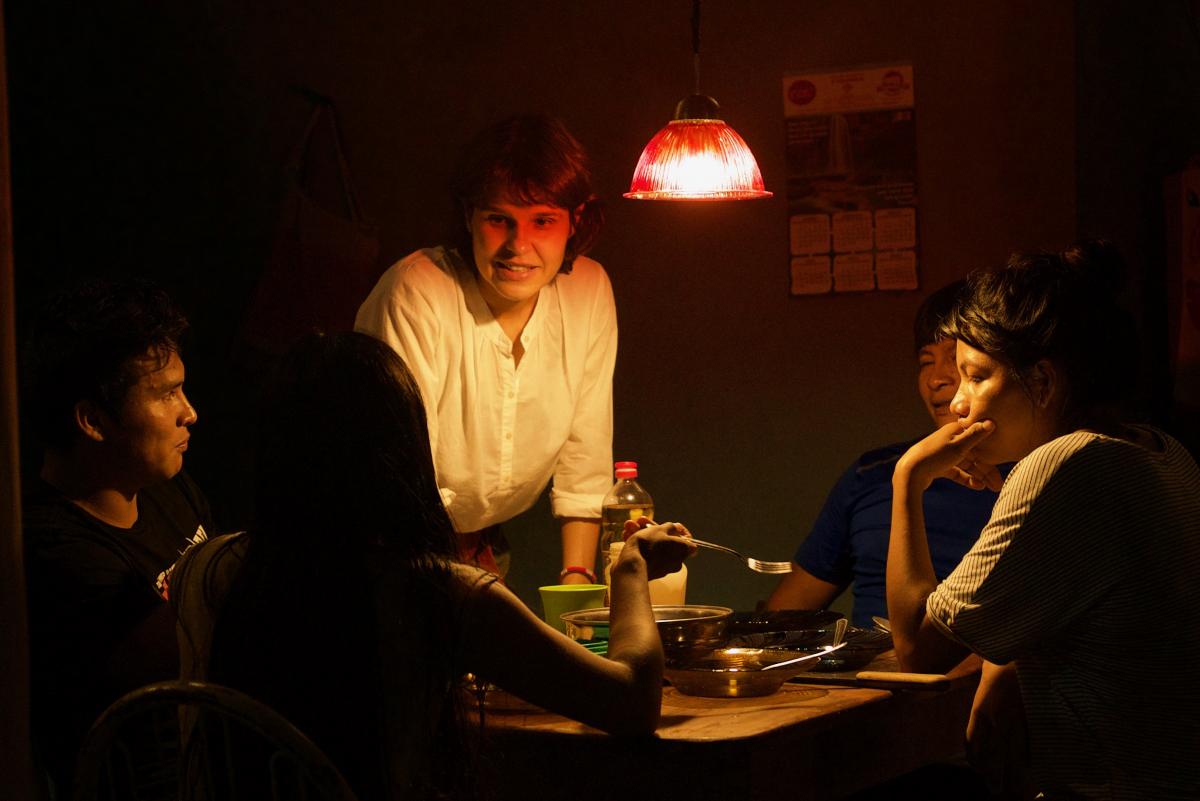
Da-Rin directs a scene in The Fever,
Da-Rin: -
“Manaus is a city that been passing through a very strong process of industrialization since the Dictatorship in Brazil (1964-1985), together with their project of opening up the Amazon and occupying the interior of the country. Initially it was a military project, with the idea of bringing ‘progress’ to the underdeveloped part of the country, (as they conceived it). They created a Free Zone of commerce in Manaus and the Industrial Centre in 1967, which led to this city growing enormously. In 1967, it had 200,000 inhabitants, Now, 50 years later, it has over 2 million.
This boom has led the city, which backs onto the forest, to overflow into it. It is a large city of concrete, where you need a car to move around. There are huge shopping malls and the houses all face the city with their backs to the river and the forest. It is extremely humid. The outskirts of the city has different problems as it also keeps expanding due to all the people that are coming from the interior to settle there. This all happening and the indigenous people, have become a part of the poorer sections of the city.
There is a terrible lack of assistance in health and living conditions. All these stories that we know, are part of an occidental project of colonization, a continuation of this bigger project,that is happening in Brazil. Now, with Bolsonaro, it’s getting worse because of this mentality. Bolsonaro is on the side of the aggri businesses. We have always had very violent conflicts over land in Brazil but now it is increasing because [Bolsonaro has allowed] the land farmers to feel that they have the right to invade indigenous lands to extract wood illegally and to carry out illegal mining.”
Despite the Rights of the Indigenous People of Brazil being enshrined in the Constitution of 1988, successive Governments have consistently failed to uphold them. The boundaries of their reservations are not guaranteed. The indigenous communities are under siege as never before. These people, have a natural wisdom that they consider very important, they have realizes that “they need access to the tools of their enemy if they are to fight them”.
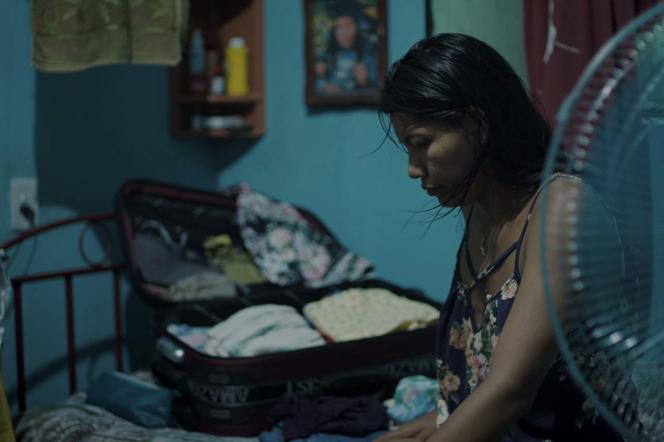
Rosa Peixoto as Vanessa packs to go to study Medicine in Brasilia
Da- Rin: -
“One of the biggest reasons that people come to the cities, together with the increasing lack of resources in their indigenous lands, the invasions of loggers [and the burning back the Amazon],plus the miners [that hunt and pollute] has led to a lack of animals to hunt and a lack of fishes in the rivers. A lack of food and resources has [forced] people to go to the cities. However, there is always a very strong element which is the need for ‘education’. So, the idea is, that if you need to fight against someone, you need to have access to the way that person fights. So, access to Education is very important. During the left-wing government, a quota program was implemented allowing indigenous people to graduate from universities in different areas of work. Today, the continuity of this quota program is threatened by the current government .
Medicine (which, in the film, Justino’s daughter Vanessa is going to study in Brasilia) is considered very important because there have been so many white people's diseases coming into the villages. The indigenous people in the forest really suffer through a lack of medical assistance…For the peoples of the upper Negro river, there are different types of illnesses: white people’s illnesses, which need to be treated by Western medicine, and indigenous illnesses, which are treated by shamans. Despite showing physical symptoms, indigenous diseases usually have causes of another order, linked to spiritual issues or due to a break in the balance with the surrounding environment. Therefore, maintaining the balance of these relationships is very important to their health.
For example, Justino tells his grandson a story about a hunter that was very greedy. Even though he has a lot of food in his house, he wants to go out and hunt. His greed is affecting the monkey people, who have their own language and customs. He’s invited into the world of the monkey people to understand how they live. When he gets there, he realizes that he can cure them, that he has the power, not only to kill, but also to cure, and this is what the monkey people teach him, so that he will not be so greedy. This story is related to the concept of illness among the indigenous people, when we affect the equilibrium by wanting more than we need.”
For Westerners, the myths and stories of the forest dwellers seem like ethereal dreams, but it is vital to understand that for them, they are real, concrete and tangible in every sense. There are people of the river, or people of a particular tree or animal, and the belief is that they will seek their revenge and make us ill, if we fail to respect them and value ourselves above them.
Da-Rin:-
“ Each plant and animal has a protective spirit responsible for taking care of that species and the balance of that environment. When indigenous persons go to live in the city, they become removed not only from the forest but also from its spirits and this can have consequences for their health. The relationship between what we dream and what [actually] happens, is experienced in a far more ‘concrete’ fashion than for Western people. . I do not look at what is happening in that scene as a metaphor, (when Justino kills a domesticated dog). Of course, it’s interesting to perceive people's different readings and especially indigenous people's specific readings, but he is being chased by an invisible creature that he is hunting, because due to his position at work (as a Security Guard) it's his duty to protect this place. So, when he sees a creature running towards him, his natural reaction is to protect himself, and do what he was taught to do. It’s the reaction of any human being and it is why we are so complex. It is interesting that we are complex and that our reactions do not fit… because we romanticize a lot about how an indigenous character like Justino should behave in certain conditions."
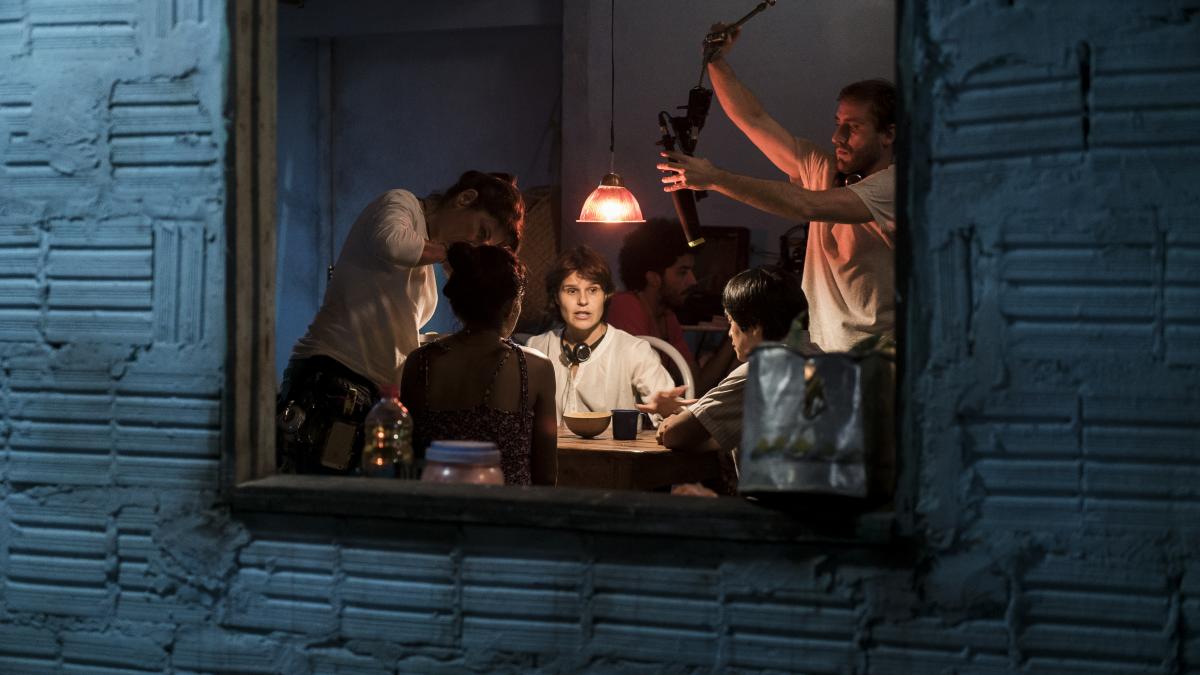
Maya Da-Rin directs a family scene in The Fever.
In the same neighbourhood, near a soccer field, a pig and a dog had been attacked earlier. People fear what is attacking them. Is it a jaguar or a pack of dogs? Could it be something else that took the form of a dog? In indigenous communities, forest animals like the Paca, agouti, parrots. ,onkeys, even the opossum, are all ‘people’ in their own world. There they talk, work in the fields and live as we do. They even have parties and drink mandioc beer like we do… Having to kill the dog is, therefore, a very disturbing experience for Justino, so much so, that in the dark, after killing it, he visualizes a human figure. as if that is what he had really killed.
Da-Rin: -
“Justino knows the effect of what he has done and that moves him to return to his village and to better understand what is happening to him. It’s part of this disequilibrium.”
The Sound Design of 'The Fever' is very powerful and particular. Maya Da-Rin and her Sound Designer (Felipe S. Mussel) worked long and hard on the sound design of this production and the result is extremely effective as they contrast and oppose industrialized and natural sounds against each other, like a ‘concrete’ musical composition. This adds a very effective ingredient to the subconscious way that we experience the film.
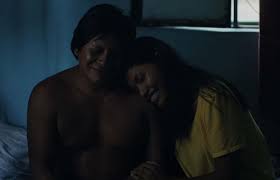
Régis Myrupo and Rosa Peixoto
Da-Rin: -
“Sound is very important for me. I start by working with sounds in the scripts. Together with the Sound Designer of the film, Felipe, who did such an incredible job. He was very invested in the film and we did separate 'sound' trips to Manaus to concentrate only on the aspects of ‘sound’. Sound is an element that, as it is more abstract that an image, it’s more frequently able to go beyond the boundaries [& pierce through] the dichotomies that we normally have, between nature and culture, between primitive and developed, between industry and nature and all these kinds of dichotomies that rule Western thought in a way, that for indigenous people, does not make sense at all.
For indigenous people, things are a lot more mixed up and things interfere with each other, so, that is what happens to Justino. Thing are more blurred, in the sense that they are not so separate, so for us to be able to get into Justino’s mind set and to be able to feel things with him, for me, I felt that sound was the very special tool which I wanted to be able to count with. I had to be really attentive to the sonorities around us. I started to notice that there was the same pitch of sound, between the port machines and the night insects in the forest, so I started to work on this pitch, and we created compositions, in which you did not know where the sound comes from. This enhanced the feverish atmosphere that is within the film.”
Maya Da- Rin is now working on no less than three new projects. Two short films and a script for another feature film. The feature will be set in the south of Brazil and not in the Amazon. For the moment, the protagonist is a 7-year old child. One of the short films is designed to form a part of the project ‘Bricks’, put together by director Jia Zhang-Ke, a many episode feature film, sadly put on hold, due to the pandemic. Da-Rin struggles on, despite the dire situation for the arts and culture during the Jair Bolsonaro presidency. Art funds have been ruthlessly cut and culture is in a state of crisis in Brazil. As Maya Da- Rin describes: -
“There are no funds and there is a lot of persecution. It is a very hard moment!”
We wish her well.
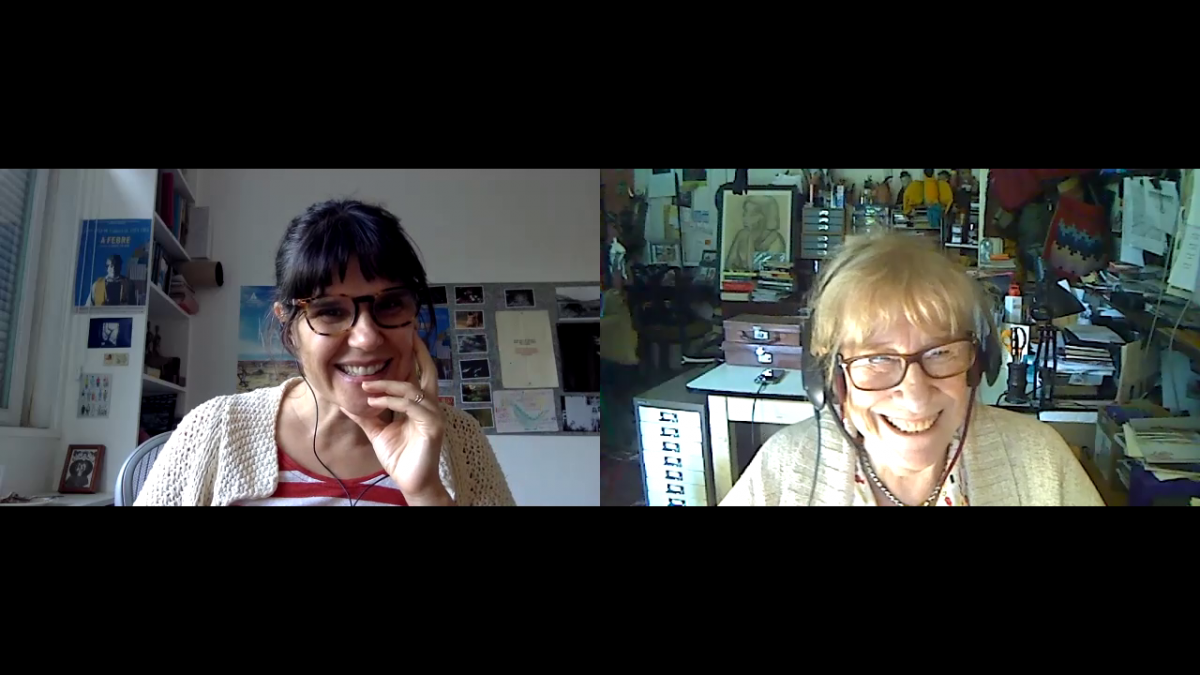
Maya Dar- Rin in conversation with Corina J Poore
The Fever (2019) will be released in the UK on August 6th
by New Wave Films.
The Fever Director Maya Da -Rin
Written Maya Da-Rin, Miguel Seabra Lopes and Pedro Cesarino
Producers Leonardo Mecchi / Maya Da-Rin . Juliette LePoutre
DOP Bárbara Alvarez
Sound Designer Felipe S. Mussel
Editor Karen Akerman
Language Tukano
Cast:
Justino Régus Myrupu
Vanessa Rosa Peixoto
Everton Johnatan Sodré
André Edmildo M Paz Pimental
Marta Anunciata Teles Soares
Wanderlei Lourinelson Valdimir
SONG : Vim Falar Para Voçes ( written and sung by Rosa Peixoto)


